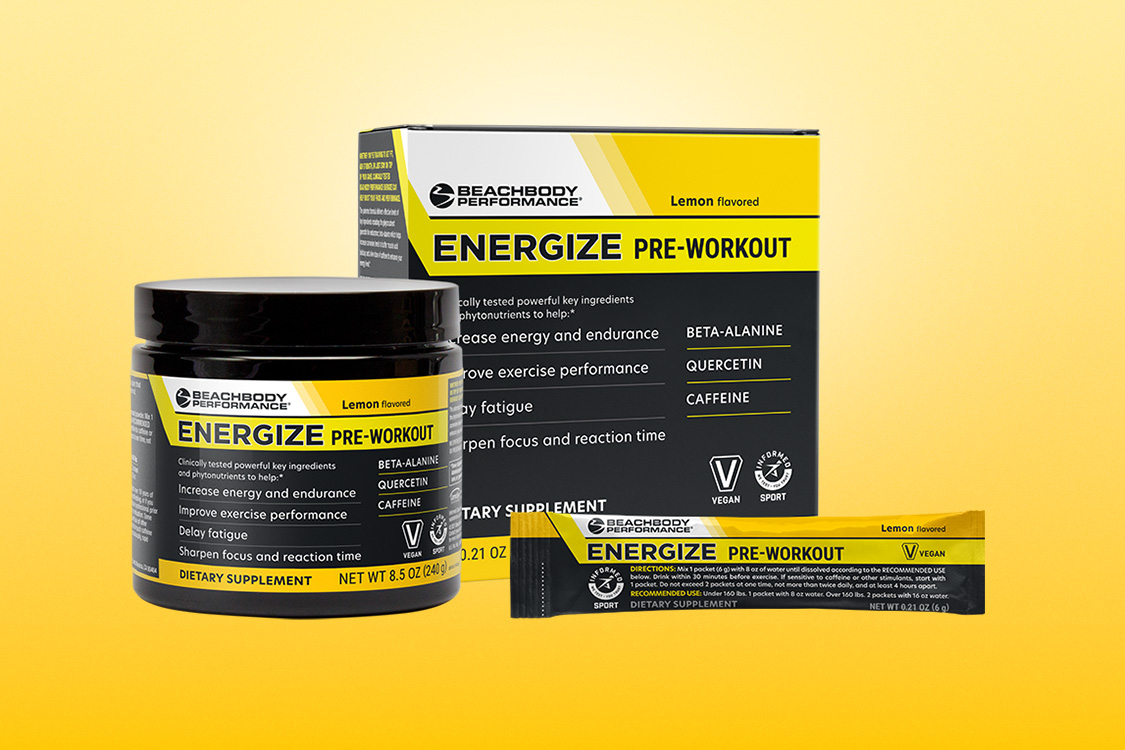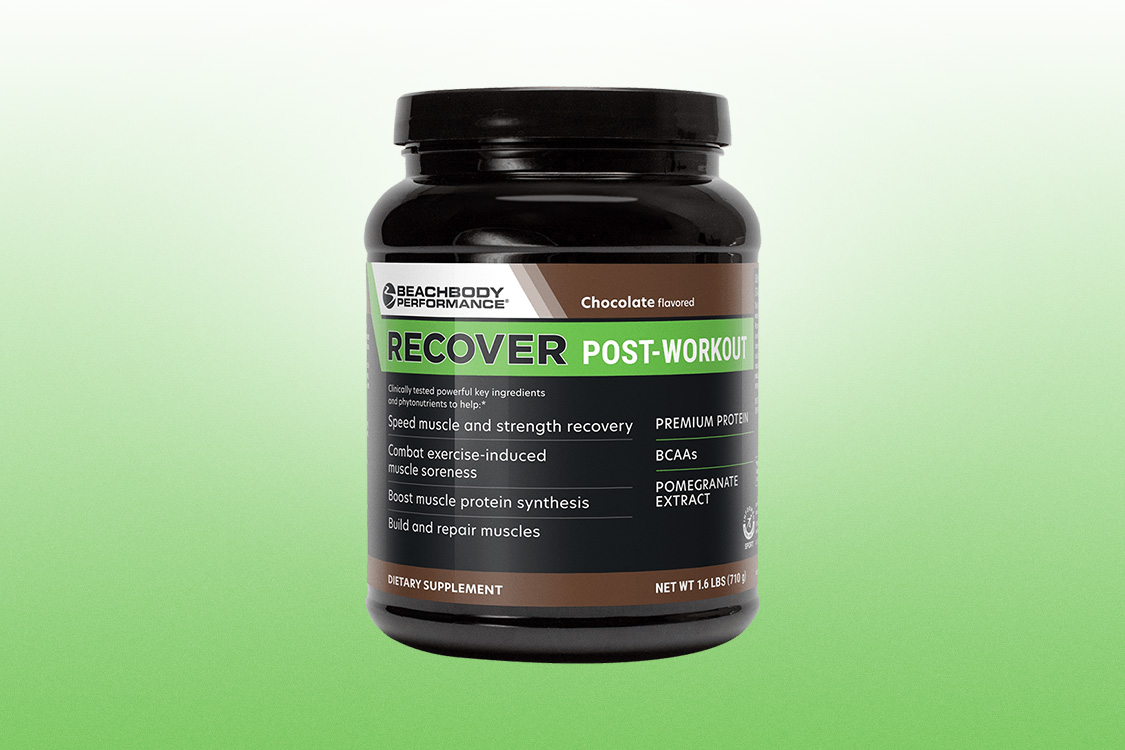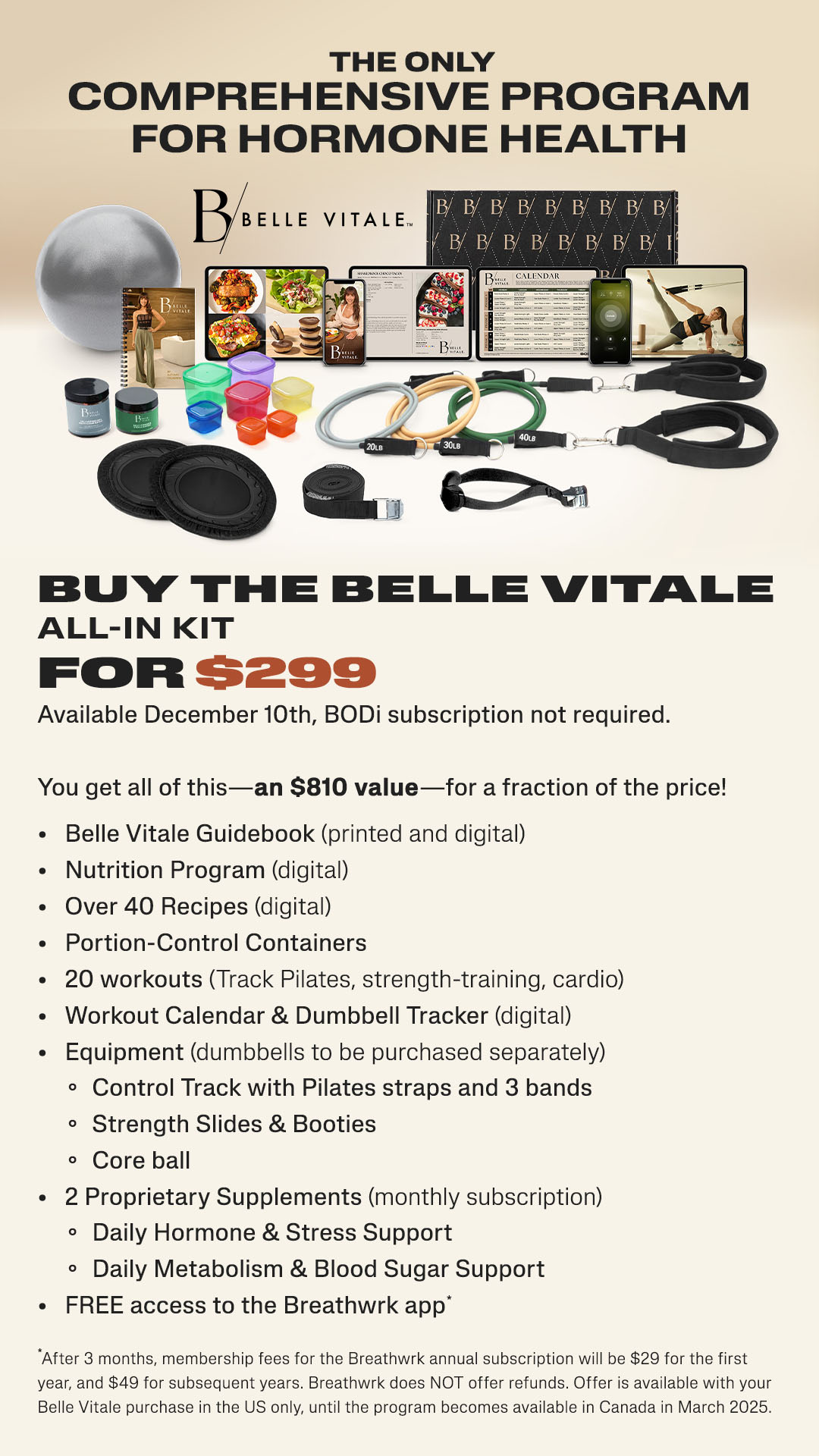Glossary of Fitness Terms
| A | B | C | D | E | F | G | H | I | K | L | M | O | P | R | T | V | W |
| A |
Aerobic (cardiovascular) fitness
Reflects how much oxygen is in the blood your heart pumps and transports to your working muscles, as well as the muscles' efficiency in using that oxygen.
Aerobic metabolism
A cellular process by which the body uses oxygen to produce energy.
Aerobic training
Training that improves cardiorespiratory endurance by improving the efficiency of the body's aerobic energy-producing systems.
Aerobic training heart rate zones
Includes the three lowest heart rate training zones: Light Intensity zone (50-60 % HRmax), Light to Moderate Intensity zone (60-70% HRmax) and Moderate Intensity zone (70-85% HRmax).
See also Target heart rate zone.
Anaerobic
In the absence of oxygen.
Anaerobic threshold
The physiological point during exercise at which the muscles start using more oxygen than the body can transport, and as a result, the work of the muscles starts producing more lactic acid than the body can process.
Anaerobic training
Training for very fit individuals that improves the efficiency of the body's anaerobic energy-producing systems and can increase muscular strength and lactic acid tolerance during high-intensity efforts.
Artery
Blood vessel that conveys oxygen-rich blood from the heart to all parts of the body.
Atherosclerosis
A disease in which the arteries progressively narrow.
Average heart rate
The heart rate (beats per minute, or bpm) that represents the average value of heart rates measured over a period of time, for example, during an exercise session.
back to top
| B |
The lowest rate of body metabolism (rate of energy use) that can sustain life, measured after a full night's sleep in a laboratory under optimal conditions of quiet, rest and relaxation.
Body composition
Has two components: the amount of fat mass (weight) and the amount of fat-free mass (muscle, bone, skin and organs) in the body.
Body mass index (BMI)
A number that describes a body's relative weight and strongly correlates to total body fat content in adults.
back to top
| C |
An energy source in the body. At rest, the body derives energy almost equally from the breakdown of carbohydrates and fats; during exercise, the main energy source depends on the intensity of the exercise.
Cardiac muscle
Another term for the heart.
Cardiorespiratory
Affecting the heart and respiratory system.
Cardiorespiratory endurance
The body's ability to sustain prolonged exercise.
Cardiovascular
Affecting the heart and blood vessels.
Circulatory system (cardiovascular system)
The system by which oxygen and other nutrients are delivered through the blood to the entire body. The heart (cardiac muscle) acts as a pump to circulate blood through the blood vessels of the body and back to the heart.
Cool down
Gradually reducing the intensity of exercise for several minutes at the end of a session to stabilize the cardiovascular system after a workout.
Coronary artery disease
Progressive narrowing of the coronary (heart's) arteries.
back to top
| D |
Loss of bodily fluids.
Diabetes mellitus
A disorder of carbohydrate metabolism characterized by high blood sugar levels in the body and the presence of sugar in the urine.
Diabetes, Adult-onset
Also called type II diabetes or non-insulin-dependent diabetes mellitus (NIDDM). A disease characterized by impaired insulin secretion from the pancreas or impaired insulin action.
back to top
| E |
A recording of the heart's electrical activity.
Endurance
The body's ability to resist fatigue; includes muscular endurance and cardiorespiratory endurance.
Endurance activities/endurance training
Repetitive, aerobic use of large muscles (as with such activities as walking, cycling, swimming, etc.).
back to top
| F |
Training in which the pace is varied at will, from a fast sprint to slow jogging.
Fat-free mass
The mass (weight) of the body (muscle, bone, skin and organs) that is not fat.
back to top
| G |
The form in which carbohydrates are stored in the body, mainly in the muscles and the liver.
back to top
| H |
A measurement of the work done by the heart, most commonly expressed as the number of heart beats per minute (bpm).
Heart rate variability
Fluctuations of interbeat intervals. Heart rate variability of a healthy subject is in general large in resting conditions and during light exercise. Heart rate variability gradually disappears when exercise becomes more intense and heart rate increases.
Hyperglycemia
An elevated blood glucose level.
Hypertension
Abnormally high blood pressure, usually defined as systolic pressure higher than 140 mmHg or diastolic pressure higher than 90 mmHg.
back to top
| I |
A workout session that involves repeated short, fast-paced bouts of exercise separated by short rest intervals.
back to top
| K |
A measure of the energy value in food and physical activity. "Kilocalorie" is the more accurate term for the commonly used abbreviation "calorie."
1 kilocalorie (kcal) = 1 Calorie (Cal) = 1000 calories (cal)
To convert kcal to kilojoules (kJ), multiply the kcal value by 4.2.
Kilojoule (kJ)
A measure of the energy value, for example in food and physical activity.
1 kilojoule (kJ) = 0.238 kilocalories (kcal)
back to top
| L |
A salt formed from lactic acid.
See also lactic acid.
Lactate threshold
The point during increasingly intensive exercise at which blood lactate begins to accumulate above resting levels.
Lactic acid
Anaerobic exercise produces lactic acid, which quickly forms lactate in the muscles, so these terms ("lactate" and "lactic acid") are often used interchangeably.
back to top
| M |
A test performed in laboratory conditions, usually either on stationary bicycle or treadmill, to measure a person's maximal oxygen uptake (VO2max,). The test also provides a measurement of the person's maximum heart rate (HRmax).
Maximal oxygen uptake (VO2max)
The maximum capacity for oxygen consumption by the body during maximum exertion. Also known as aerobic power or maximal oxygen intake/consumption. VO2maxis a commonly used descriptor of aerobic (cardiovascular) fitness. Aerobic fitness relates to how well your cardiovascular system works to transport and utilize oxygen in your body. The better your aerobic fitness the higher your VO2max. The most accurate way to receive your VO2max is to have it clinically tested in maximal exercise stress test in a laboratory. VO2max is usually expressed in ml*kg-1*min-1, sometimes in ml*min-1.
Maximum heart rate (HRmax)
The highest number of heart beats per minute (bpm) when pushing the body as hard as possible. HRmax-p score (in all Polar S-series Heart Rate Monitors) predicts your individual maximum heart rate. The most accurate way of determining your individual HRmax is to have it clinically measured in maximal exercise stress test in a laboratory. HRmax is a useful tool for determining the intensity of exercise.
back to top
| O |
The attempt to do more work than the body can physically tolerate.
OwnCal
A feature on some Polar Heart Rate Monitors that tracks both the energy expended (in kcalories) in a single exercise session as well as cumulative calories burned on a weekly, monthly or even yearly basis.
OwnIndex
The result of the Polar Fitness Test, a value comparable to a person's maximal oxygen uptake (VO2max).
OwnZone
A feature on some Polar Heart Rate Monitors that automatically calculates the individual target heart rate zone (65-85% HRmax) for improving cardiovascular/aerobic fitness.
back to top
| P |
Any movement of the body produced by the muscles that results in increased energy expenditure.
Polar Fitness Test
A fitness test that measures a person's aerobic/cardiovascular fitness at rest in just five minutes. The result, Polar OwnIndex, predicts the person's maximal oxygen uptake (VO2max).
back to top
| R |
Weight training. Training designed to increase the body's strength, power, and muscular endurance.
Resting heart rate (HRrest)
The number of heart beats in one minute (bpm) when a person is at complete rest. A person's HRrest decreases as they become more fit.
Resting metabolic rate (RMR)
The body's metabolic rate (rate of energy use) early in the morning after an overnight fast and a full eight hours' sleep.
back to top
| T |
A reduction in training intensity before a major competition to give the body and mind a break from the rigors of intensive training.
Target heart rate zone
A range of heart rates that a person chooses to aim for when exercising, based on their personal fitness goals. Target heart rate zones are expressed as percentages of a person's maximum heart rate (HRmax).
The most common target heart rate zones are: Light Intensity zone (50-60 % HRmax), Light to Moderate Intensity zone (60-70% HRmax), Moderate Intensity zone (70-85% HRmax) and Heavy Intensity zone (85-100% HRmax).
back to top
| V |
Oxygen consumption/uptake by the body. Usually expressed in mlkg-1min-1, sometimes in mlmin-1.
VO2max
See maximal oxygen uptake
back to top
| W |
A period (usually three to 15 minutes) of easy exercising at the beginning of the workout to gradually ease the body into more intensive exercise.



